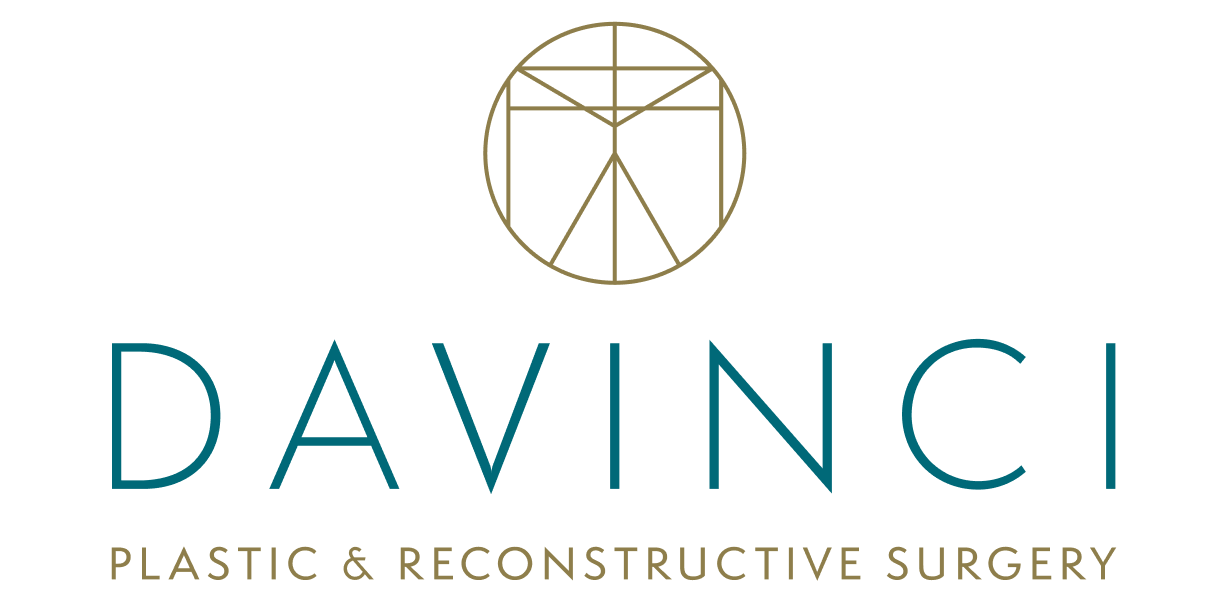Posted January 31, 2018 in Breast Cosmetic Surgery
3 minute read
Breast SIZE isn’t the only concern women have when assessing their satisfaction with their breasts. Other factors are the width between breasts, torso positioning (drooping), symmetry between the breasts, and breast shape. How these breast features are perceived determines satisfaction, confidence, and feelings of femininity and sexuality.
Tuberous breasts, also known as constricted breasts, are a congenital (from birth) condition that affects all of these physical characteristics:
- ptosis (drooping)
- symmetry
- breast shape
- nipple and areola shape
This difference in breast formation becomes apparent at the earliest stages of breast development during puberty. Fortunately, once breast development is complete, the dissatisfaction with tuberous breasts can be corrected through well experienced hands via a specialized Breast Augmentation, though the procedure is much more complicated.
What Are Tuberous Breasts?
Normally, tuberous breasts are small, a result of underdevelopment called Breast Hypoplasia, however this isn’t the extent of desired correction. Correcting tuberous breasts usually requires addressing the size, shape, symmetry and placement. These factors stem from such issues as related to connective breast tissue, such as breast constriction, breast skin deficiency, bulging areola (areolar herniation), and or malposition of the crease beneath the breast (inframammary fold). These factors usually differ for each breast, as tuberous breast asymmetry is the norm.
Treatment for Tuberous Breasts
The correction for tuberous breasts can generally be considered a Breast Augmentation, but not in the strict definition, since what is needed involves much more. This process requires a series of specialized technical procedures since there is a wide variance from breast to breast. Generally correcting tuberous breasts will necessitate breast reshaping, areola balancing and in most cases, size augmentation to compensate for Breast Hypoplasia and asymmetry.
These are the decisions that will be determined by the patient’s preferences and the severity of the constriction causing the tuberous breasts:
- The incision location to address breast constriction (usually a technique called “radial scoring”) & ptosis (corrected by breast lift), insert the implant (if applicable), and correct areolar herniation
- The type of breast implant (saline or silicone)
- The placement of the implant above (subglandular) or below the chest muscle (submuscular). Submuscular is usually what is needed in the case of correcting tuberous breasts. There is also a specific kind of submuscular augmentation to compensate for the often lacking of fullness in the lower breast gland.
- Only in more extreme correction cases would a 2 stage surgical approach be required to gradually stretch the skin and breast tissue before the final implant insertion.
This nuanced procedure requires the most expert of hands to meticulously address all the facets of correction. There is hope for beautiful results in the skilled hands of triple board certified surgeon, such as myself. Please contact us to talk about how we can help you, www.davinciplastic.com.
Steven Davison M.D.
Board Certified Plastic/Reconstructive Surgeon







